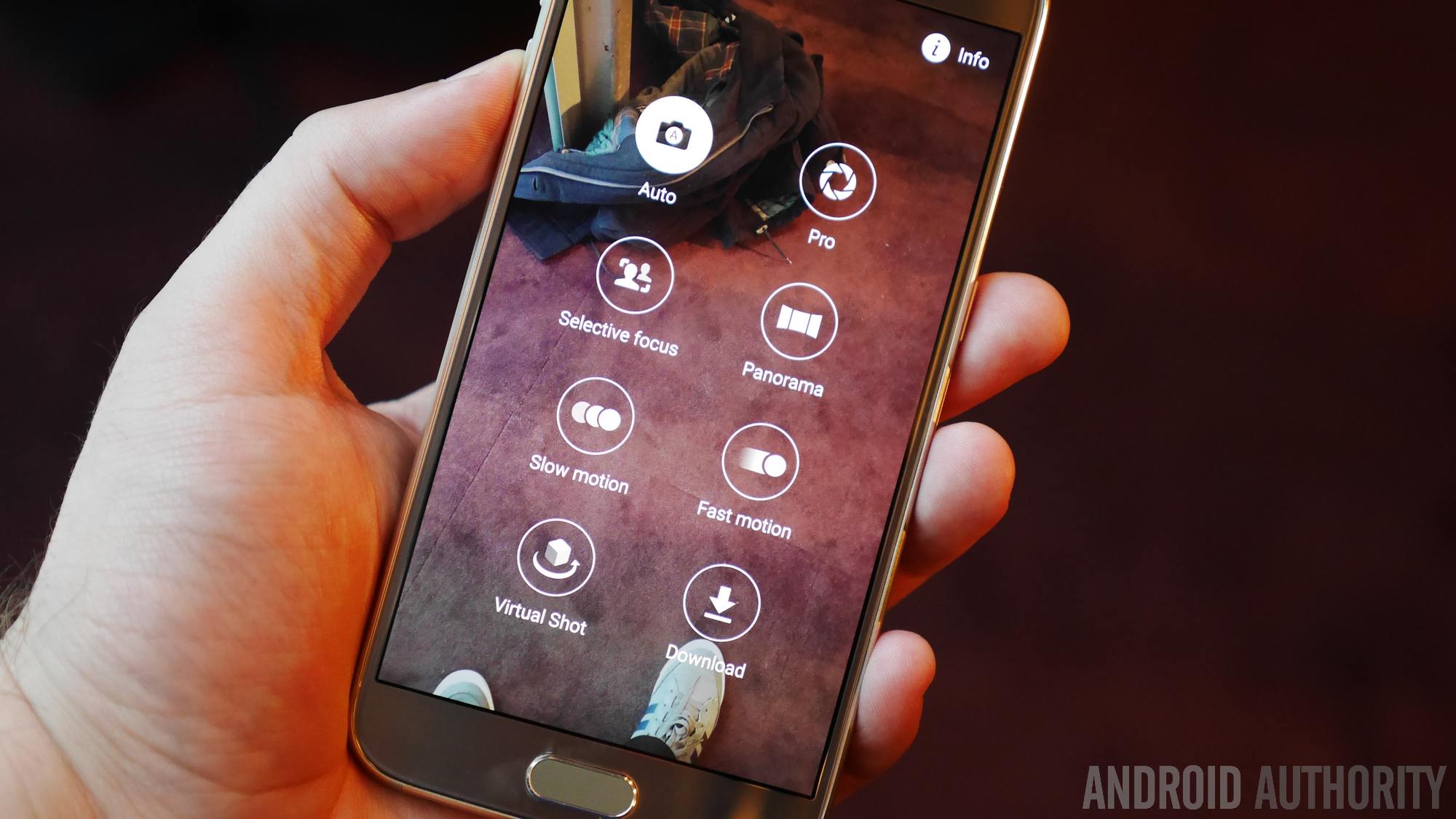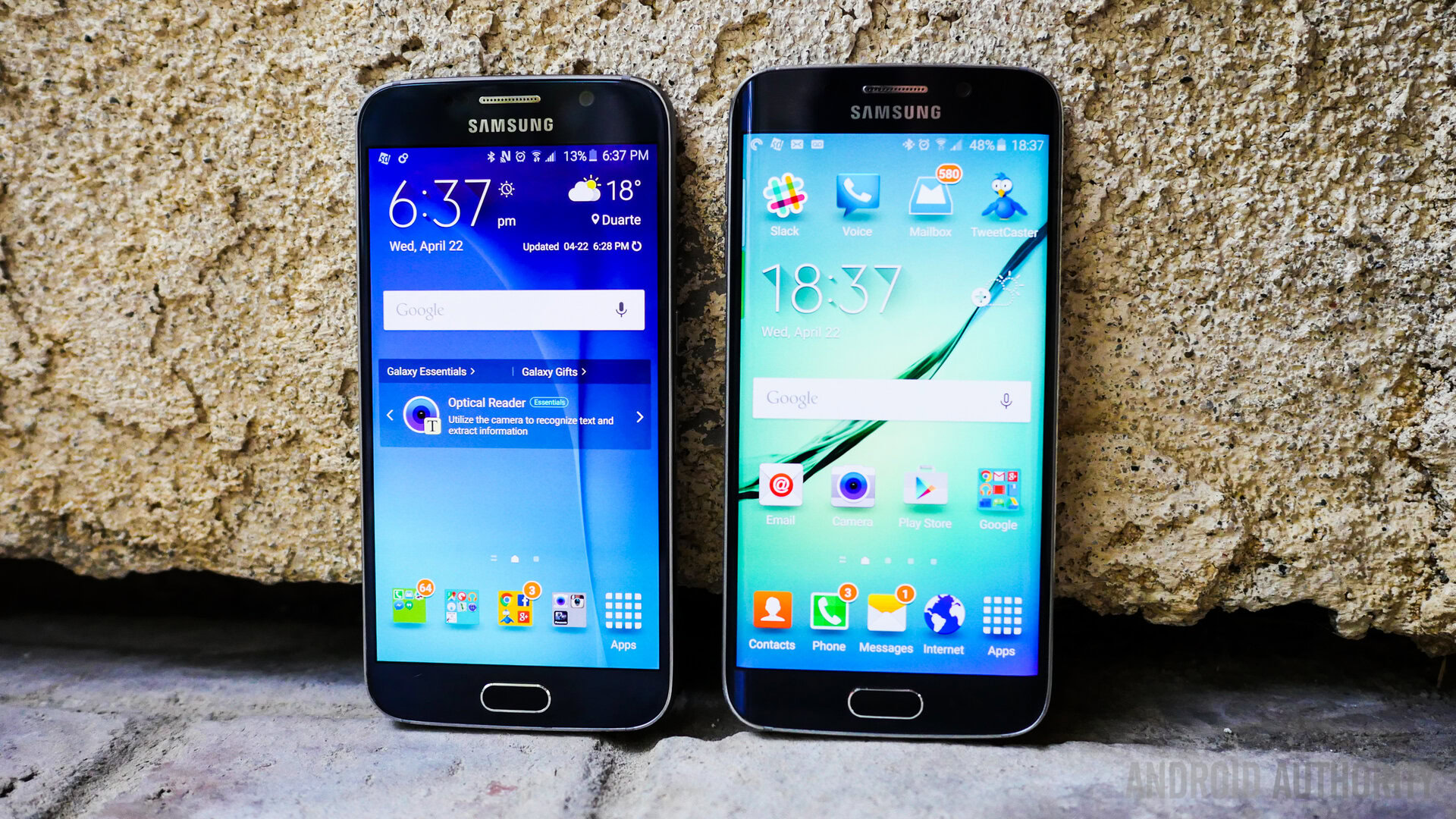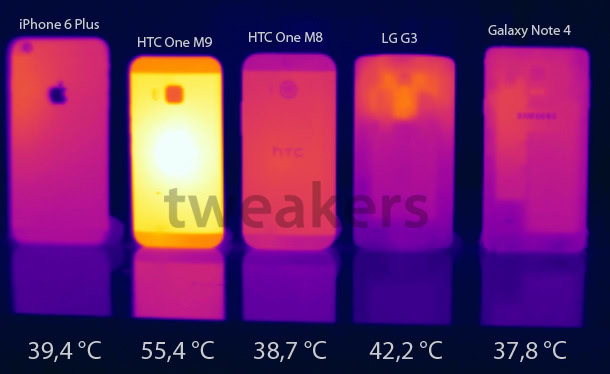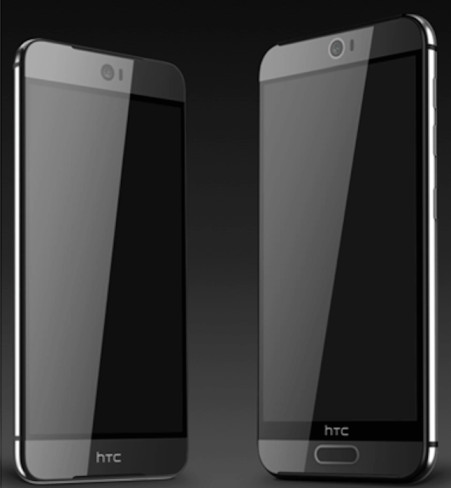Affiliate links on Android Authority may earn us a commission. Learn more.
Reality check: rumors shouldn't get your blood pressure up (Opinion)
Published onJune 17, 2015

When was the last time you read a post about a leak or rumor or heard about some new feature or product that was “in the works” and seemed too good to be true? Once upon a time (i.e. about 20 years ago) these kinds of stories were few-and-far-between, if only for the fact that traditional newspapers couldn’t make a habit of reporting gossip less they be devalued and branded as tabloids. When you heard something, it was usually a big deal, and seemingly of a more legitimate nature. Today however, there is no end to the waterfall of leaks and rumors. Everyone from an industry analyst to a factory worker wants to make a name for themselves and tell the world just what kind of R&D dream is being cooked up behind the scenes.
Here are a few of the stories and rumors that surfaced in the recent past:
Rumor: The Galaxy S5 Prime would have a QHD screen and be made of a liquid metal alloy. What actually happened: All the hoopla was arguably over the Galaxy Alpha, a device which had neither feature going for it, but instead had a 720p display and a metal frame to go with the plastic rear. Granted South Korea received a Broadband LTE-A Galaxy S5 which did in fact have a QHD screen resolution, but save for the Snapdragon 805, everything else was literally just as it was in the standard S5.
Rumor: Google would unveil Glass 2.0 at I/O 2015. What actually happened: unless there was some kind of behind-closed-doors presentation that no one has mentioned, the reboot of the wearable line has yet to occur.
Rumor: Samsung was going to acquire Blackberry (or HTC, or any other random company), What actually happened: Despite some investors arguably making some quick cash over the stock surge, absolutely nothing came to light.

Rumor: The Android 5.1.1 update for the Galaxy S6 would include the ability to shoot in RAW (not unlike the LG G4 allows). What actually happened: the update has landed and RAW settings are nowhere to be found. The new rumor is that Samsung is saving it for an unveiling with the Galaxy S6 Edge Plus.
Rumor: The Galaxy S6 Active would include a bigger battery and microSD card support. What actually happened: the product was finally launched, without card support, but indeed with a bigger battery.
Rumor: The Snapdragon 810 has major overheating issues. What actually happened. LG opted not to use the SoC for its recent G4, NTT docomo started offering safety warnings to its customers, and Qualcomm has been on damage control seemingly 24-7. Meanwhile, several OEMs are shipping products with Snapdragon 810 inside, with more to come.
Rumor: Samsung is planning a 5.7 inch Galaxy S6 Edge called the Galaxy S6 Edge Plus. What actually happened: Nothing yet, as word has it the device won’t be announced until the fall.
Rumors are rumors
These are but a few of the countless rumors that circulate around the internet on a daily basis. Some include pictures, some come from alleged “interviews with sources”, some come from well-established leakers, some of which come from children of employees. In truth we often don’t know just who starts these claims: are they insiders, are they individuals, or are they deliberate corporate-sponsored plants used to serve marketing purposes?
One thing that we do know for certain, is that people believe these rumors, and are often very disappointed when they don’t pan out. Now, there’s nothing wrong in trusting unconfirmed reports – there are countless examples when rumors have indeed turned out to point to real products. And rumors are fun! Even when stories don’t pan out (either because there was no grounds to them in the first place, or because something changed), they create engagement and buzz. We’re social creatures and we love to gossip. And tech rumors are ultimately, just a form of gossip.
The problems start when people confuse rumors with actual developments and create expectations based on them.
Let’s stop for a second and think about this.
[Over]reacting to rumors

When a random friend tells you that “so-and-so will happen” and it seems illogical, chances are you tend to write it off on-the-spot. The problem with the internet is two fold: on the one hand the news is written, and many people seem to put more stock in written words than they do on verbal communication. On the other hand, there is the more insidious problem of coverage. All takes is for one legitimate website, news organization, or individual to report a claim, and literally within minutes there could be a thousand-and-one mentions of it: Facebook posts, memes, subreddits, blogs… you name it. And that’s normal – the nature of the internet means that people are always connected, and always eager to learn, share, and discuss.
Even if something is totally off-the-wall crazy online, chances are it will snowball into a major point of discussion and/or someone will alter the story along the way to make it more interesting. Just try and get to the bottom of Michael Jackson’s involvement in Sonic the Hedgehog 3 for example. The biggest problem with these rumors, the Blue blur included, is that we will never get an official answer, and as such the myth can grow and grow until it becomes a warped urban legend. The Snapdragon 810 issue in particular comes to mind, as even to this day (months after the chip was first available in the LG G Flex 2) the debate is still going on.

Regardless of if you choose to believe it or not, some websites (Android Authority being one of them) don’t make it a point to publish and disseminate every single rumor that floats by their digital door. I, for example, have on many an occasion suggested stories that were turned down due to a lack of legitimacy, the biggest offender being those associated with benchmark scores for unannounced products, largely because they can be easily faked. Here at AA, we make a concerted effort to consider the source of the rumor, the nature of the leak, and the plausibility of the possibility. In the end, even we can’t be right 100% of the time, but we will always make sure to keep you (the reader) aware of the fact that the topic at hand is unconfirmed and therefore should be taken with a pinch of salt.
What does this mean for you?

The biggest problem with rumors is that they can damage the very things we actively seek to learn about, discuss, and enjoy. Anyone who was smitten with the idea of a Galaxy S5 Prime may have bashed Samsung for not coming out with the real thing, and for all we know that disappointment may have contributed to the relatively poor sales the device had. LG may have wanted to include the 810 on its G4, but after seeing the outcry over the alleged problems with the chip, made the decision to swap for an 808. Better yet, let’s consider the alleged leaks that Evan Blass shared for the HTC One M9 and how the final product was absolutely nothing like them whatsoever.
The latest scandal involves one of the rumors mentioned earlier, the ability to capture images in RAW with the Galaxy S6’s Android 5.1.1 update. This affair seems to stem from a tweet of a camera benchmark from MWC this past March , which was then given mass exposure via a tip covered in a blog post which was then reblogged all across the world. So just to be clear, Samsung itself made absolutely no claims or promises of anything. Still, this belief that the Galaxy S6 would be getting RAW support was so firmly vested among some individuals that they actually sought to criticize Samsung for not including it.

Let’s stop for a second and think about this. Commentators around the world are attacking a company for not including a feature it never promised in the first place, and then “failed” to deliver. I’m all for giving more to the people, but this just smacks of absurdity. Since when can we hold someone or something accountable for issues they aren’t responsible for, especially when we’re not even dealing with a bug fix here but instead a totally extra feature and one that has never been included in past Galaxy phones?
In truth, the only people we really need to be upset with is ourselves. Not the tips that started this, not the website(s) that reported the rumor, and certainly not Samsung. The blame is solely on our shoulders, for failing to remember that rumors are just that: rumors. No matter how legitimate they might seem, no matter how trusted a source might be, until a company officially goes on record and makes a statement, they really can’t be held accountable for issues like this. (Now when it comes to saftey concerns and such, that’s an entirely different situation).
Why we can’t always get what we hear (and want)
Instead of using a past example, let’s consider a recent report: Samsung is working on a dual-screen, foldable device going by the codename, Project Valley. As was correctly pointed out in the original story, there is absolutely no guarantee this supposed project will be shown outside of test labs at Samsung let alone ever see the light of day. And this is assuming it exists period, as we have no way of knowing who tipped SamMobile off to this story or how accurate said information was.
There could be a dozen reasons why Samsung might ultimately choose not to launch something like Project Valley. Perhaps it’s too similar in concept to the Sony Tablet P (and with all the usage problems as well). Maybe there are hardware or manufacturing issues. Perhaps the battery life isn’t sufficient. Maybe it was just a proof-of-concept type thing that was used to advance the current technology the company has. Heck, for all we know it could be because management would rather go with a different design.
The point is, we will never know if Samsung’s rumored folding devices will come to light, until some hard evidence that a physical product has been produced. We need not write them off completely, as there is a lot of discussion that is warranted about the future of form-factor, but let’s not jump ahead of ourselves quite yet.
Remember to relax

Save for a few rare examples, companies are primarily out to make money, and at the end of the day, it’s important to remember we are their source of income and our demands should be what they seek to meet. There is nothing wrong with wanting something, discussing our wants and needs, or even writing letters to complain when they aren’t met. A good product is only as good as the decisions and work that went into making it.
Still, we need to remember that all things must be taken in the context with which they exist: the Galaxy Note 5 simply won’t have a 4K display if the technology isn’t ready this fall and nothing will change that. For that matter, there might not be a Galaxy S6 Plus either, as Samsung itself hasn’t actually announced it yet, and until that point comes, technically speaking there is no obligation the company has to provide us with one.
I would have loved a liquid metal S5, I would have loved a Glass 2, I would have loved RAW support, I would have loved an Android Blackberry. To this day I still think HTCwould have been better off using the Evleaks render of the M9. Still, I have learned to accept that rumors are just that: stories that are unconfirmed and may-or-may-not have had some truth to them. While it’s great to dream big, we must keep our expectations in-check less they dominate our thinking, our expectations, and our manner of processing that which we see and do. Now if you excuse me, I will go back to my corner and continue to lament the death of the ATIV Q, a product that was sadly anything but a rumor.